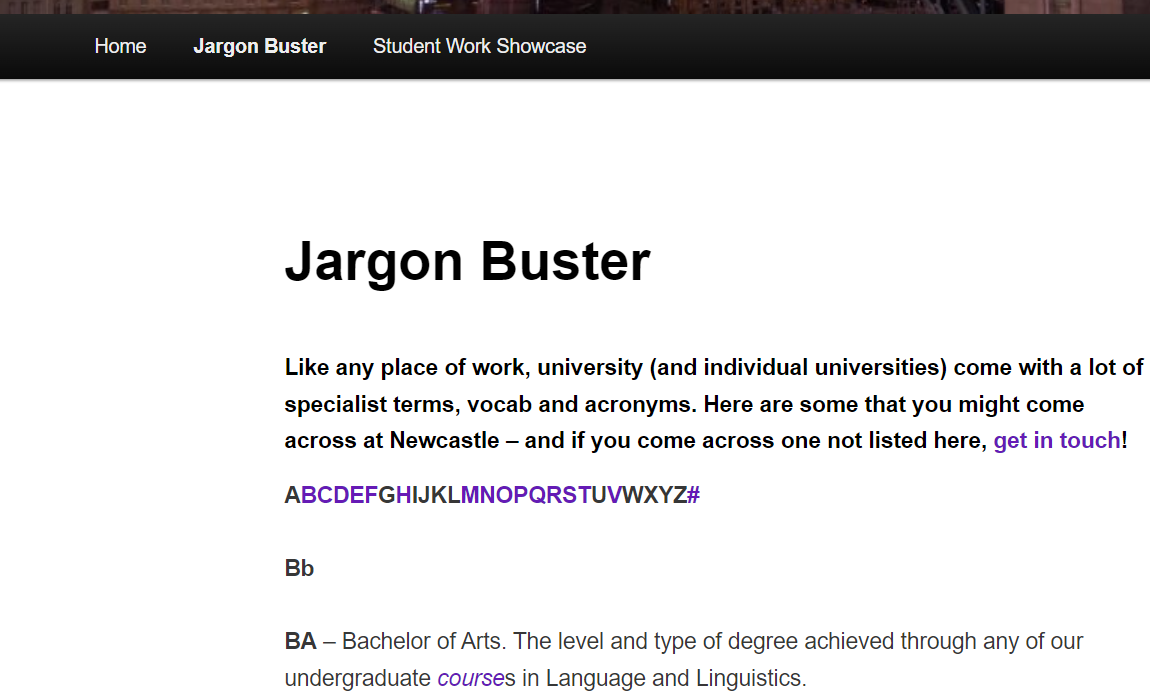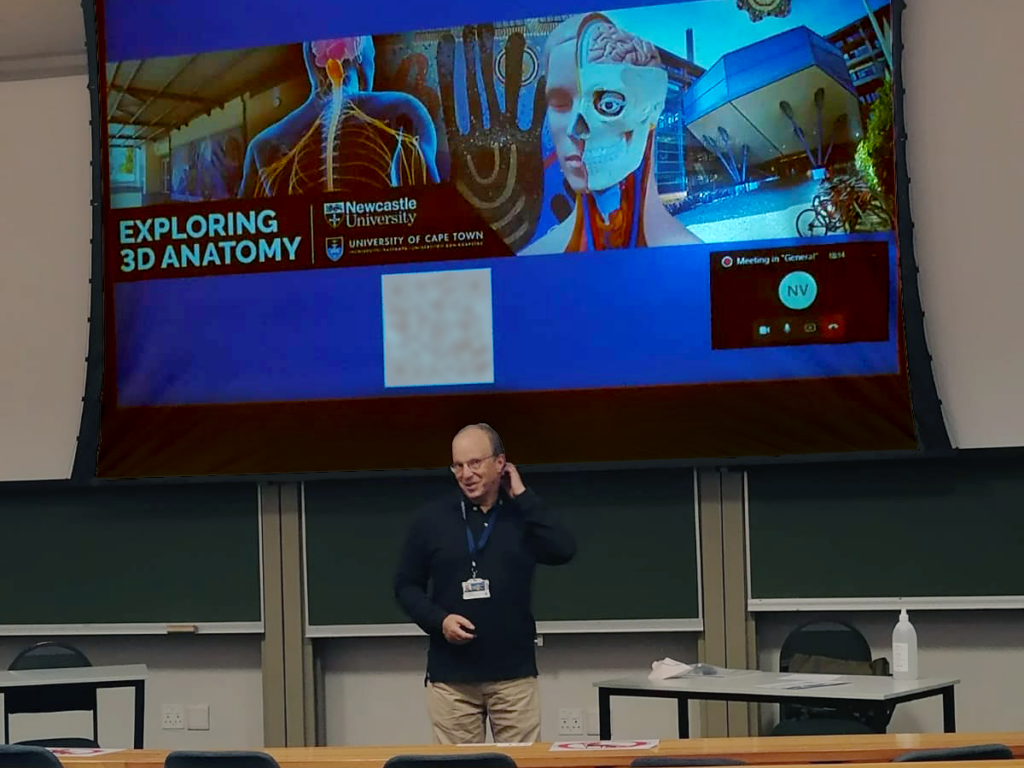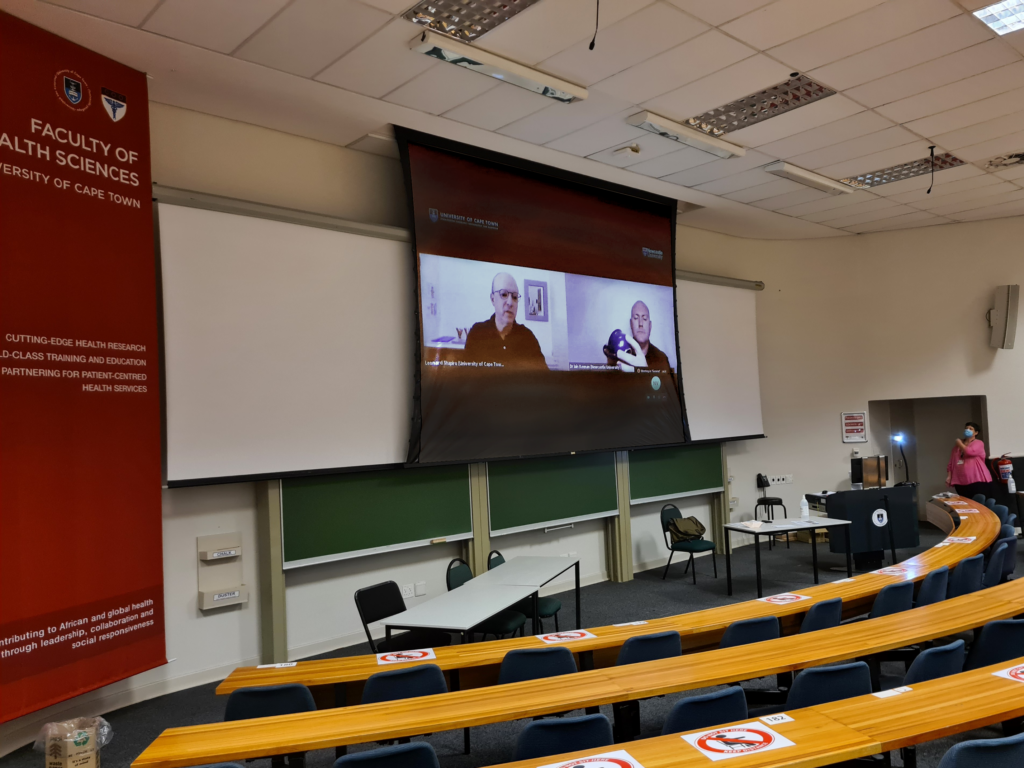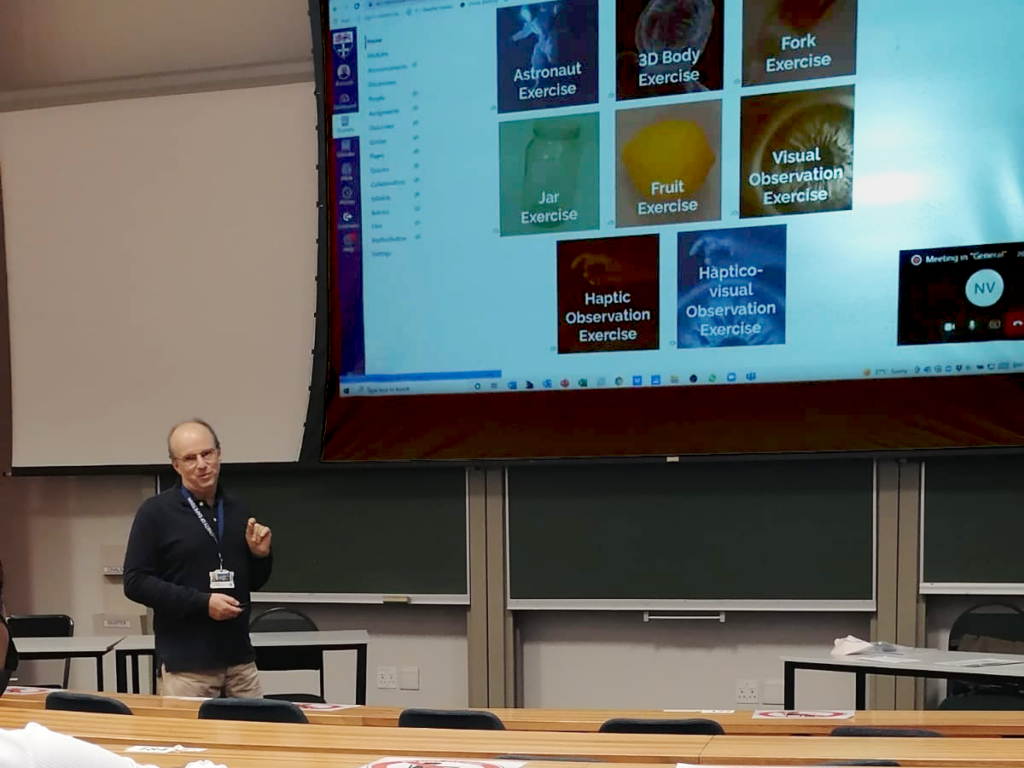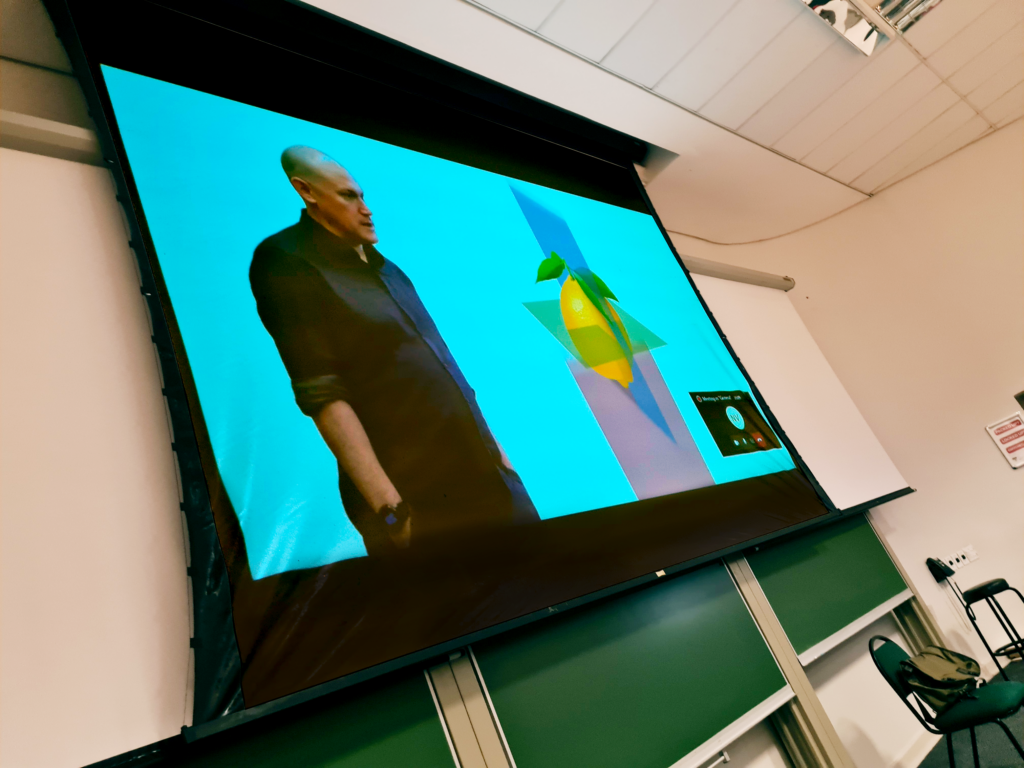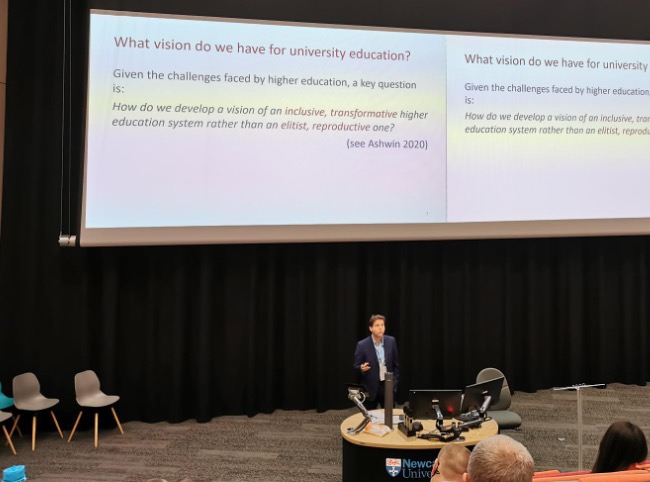Structured reflective templates are currently being piloted in NU Reflect. This article outlines the rationale for scaffolding reflection and describes the developments, which will be available across the University by September 2022.
Scaffolding

Scaffolding provides a great metaphor in Education. In the construction industry, scaffolding provides temporary support and helps shape the developing building. Scaffolding was first used as an educational concept, by Wood, Bruner, and Ross (1976) to describe the support given by an expert in one-to-one tutorials – something akin to a semi-structured interview.
Scaffolding is also a useful metaphor in reflective practice. A series of questions or prompts can provide the learner with a structure to reflect on. There are many structured frameworks which can be used to scaffold reflection. Perhaps the best known are Gibb’s reflective cycle (Fig 1). This involves 6 stages, each with questions to encourage the learner to go beyond purely descriptive accounts, to incorporate reflective self-evaluation and also make plans to improve future performance.
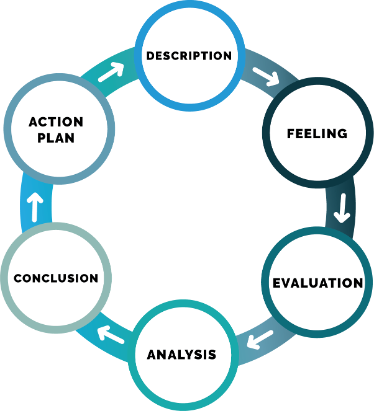
Over time, it is hoped that the use of such frameworks will progressively increase learners’ reflective capabilities. This may be enhanced by sharing, discussion and guidance from educators, particularly in the early stages of developing reflective skills. However, like the use of scaffolding in construction – eventually that structure and support may no longer be needed, after developing as an independent reflective practitioner.
Structure can be a double-edged sword though. Too much structure can reduce engagement (everything else being equal) and long ‘forms’ may be potentially intimidating or off-putting to some. Motivation is key. Aside from the obvious use of summative assessment (itself bringing challenges to ‘authentic’ reflection) – learners need to perceive value and purpose to developing reflective practice. Is reflective practice seen to be valued by the course – is it embedded in the module/programme and referred to by teachers and in course documentation?
In some contexts, particularly many vocational subjects, reflective practice is explicitly required by professional bodies, with clearly defined process which have reflective elements, such as annual appraisals and CPD. In other contexts, without this driver, there are challenges to avoid reflection remaining an ‘abstract’ concept, particularly if there are limited ‘practical’ activities to reflect on. Obviously, clarity of purpose is important. Reflective frameworks can be used (or adapted) for a range of purposes, such as reflecting on an assessment, perhaps before and after feedback, with actions to prepare for the next assignment.
Sharing and discussion of reflection is another dimension – in some contexts, reflection may be purely private, in other contexts sharing with a mentor may be mandatory. Where shared, fostering a ‘safe’ environment for sharing and discussing reflections is particularly important for younger students, whist many (but not all) mature students are more comfortable with this.
Reflective Templates in NU Reflect
NU Reflect https://reflect.ncl.ac.uk is developed and maintained by FMS-TEL, has pedagogic support from LTDS, with academic lead (Patrick Rosenkranz / Katie Wray) and governance via DEC. NU Reflect was launched in September 2021 following a strategic review of ePortfolio. The redesign and rebranding was intended to help promote its core purpose of supporting reflective practice and transferable skills after may years of prioritising developments to support Personal Tutoring. As part of the strategic review, a recurring theme in the staff consultation was the desire for a prospective system to support reflective frameworks. Gibbs reflective cycle was the most widely used framework, used in contexts across all 3 Faculties – though often with minor adaptions for specific courses.
As such reflective templates were developed in NU Reflect and are being piloted in Semester 2 this year, with a view to being made available University-wide for 2022/3. The pilots have three ‘global’ templates available:
- Gibbs’ Reflective Cycle
- Driscoll Model of Reflection
- Four Fs of Active Reviewing
Also, staff can create new templates to meet their particular module or programme requirements.
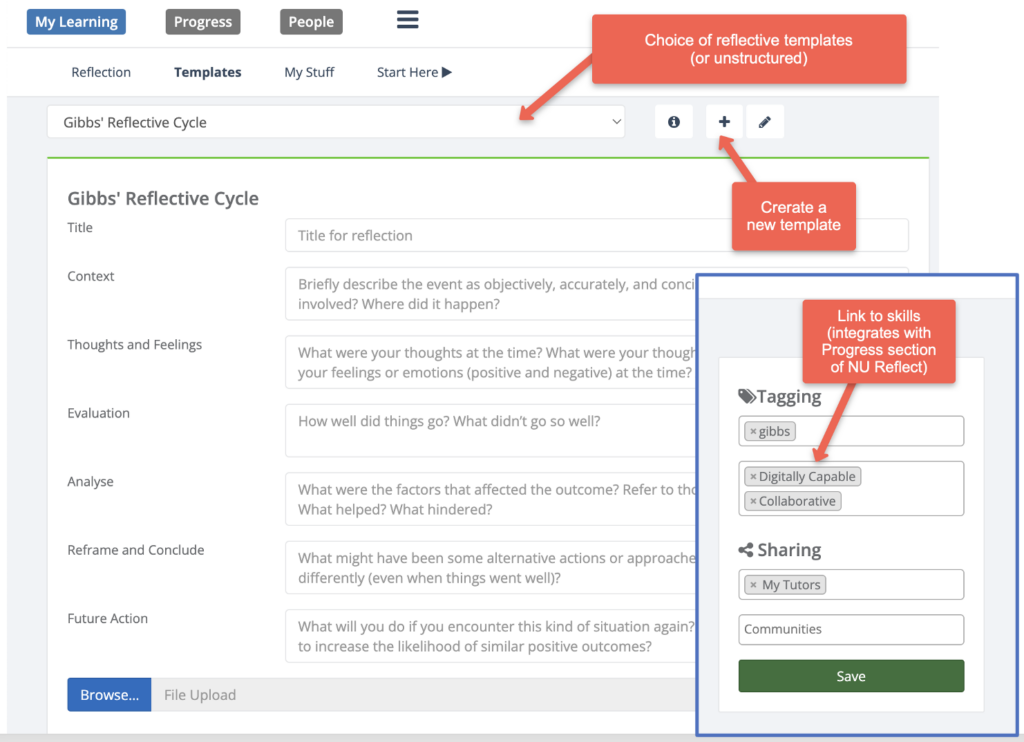
Structured templates are nothing new, and were common in paper-based portfolios. However, there are some key advantages to integrating them in NU Reflect. For example, the reflections can be linked to skill(s) or competency(s) (either the Graduate Framework or programme-level frameworks), which integrates them in the ‘My Skills’ section of the Website . Reflections can also be tagged with course-specified or personal categories. The tools support longitudinal use throughout the student journey, rather than been restricted to an episodic learning event or being compartmentalised in a particular module. As such a learner can accumulate reflections and achievements against skills/categories over time. They also provide choice in sharing (or not).
The pilots are ongoing, but feel free to get in touch if you want to try them out.
References
Wood, D., Bruner, J. S., & Ross, G. (1976). The role of tutoring in problem solving. Child Psychology & Psychiatry & Allied Disciplines, 17(2), 89–100. https://doi.org/10.1111/j.1469-7610.1976.tb00381.x
Gibbs G (1988). Learning by Doing: A guide to teaching and learning methods. Further Education Unit. Oxford Polytechnic: Oxford.


